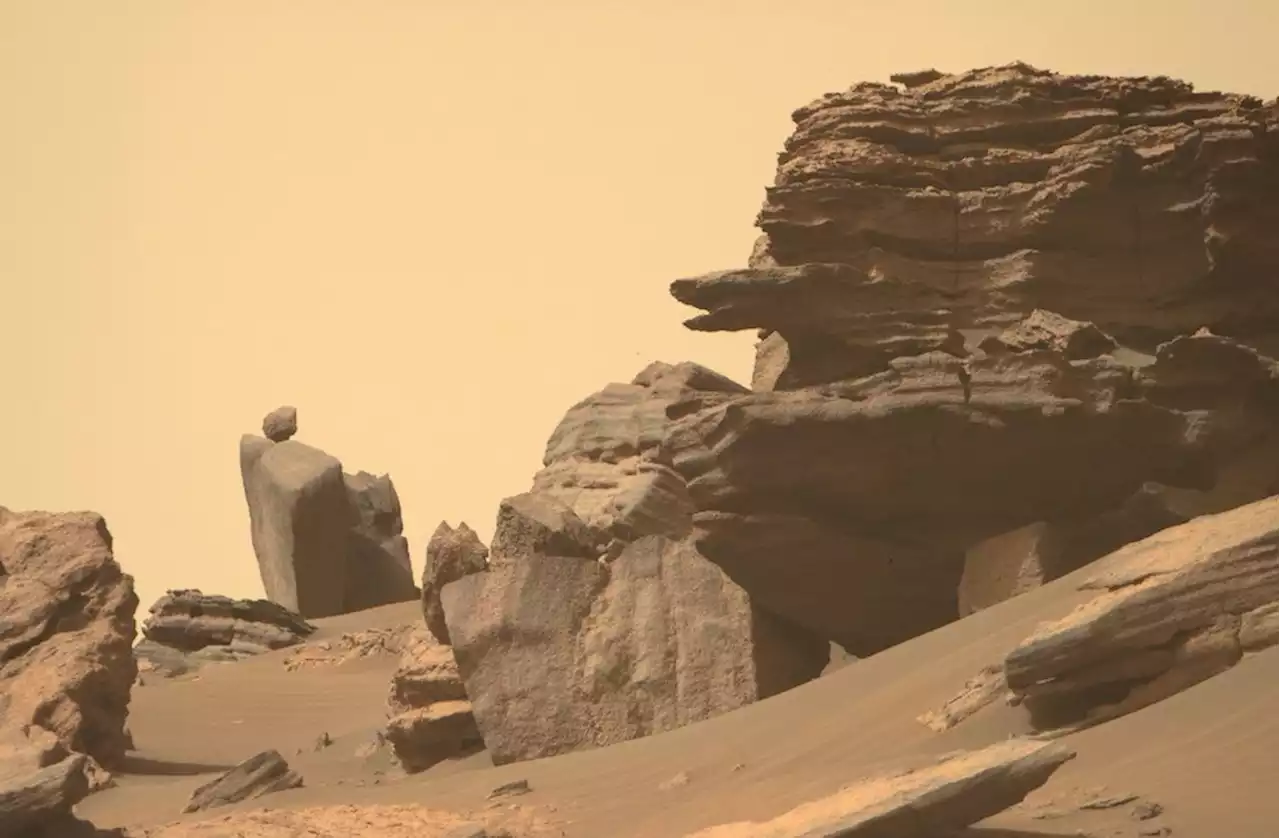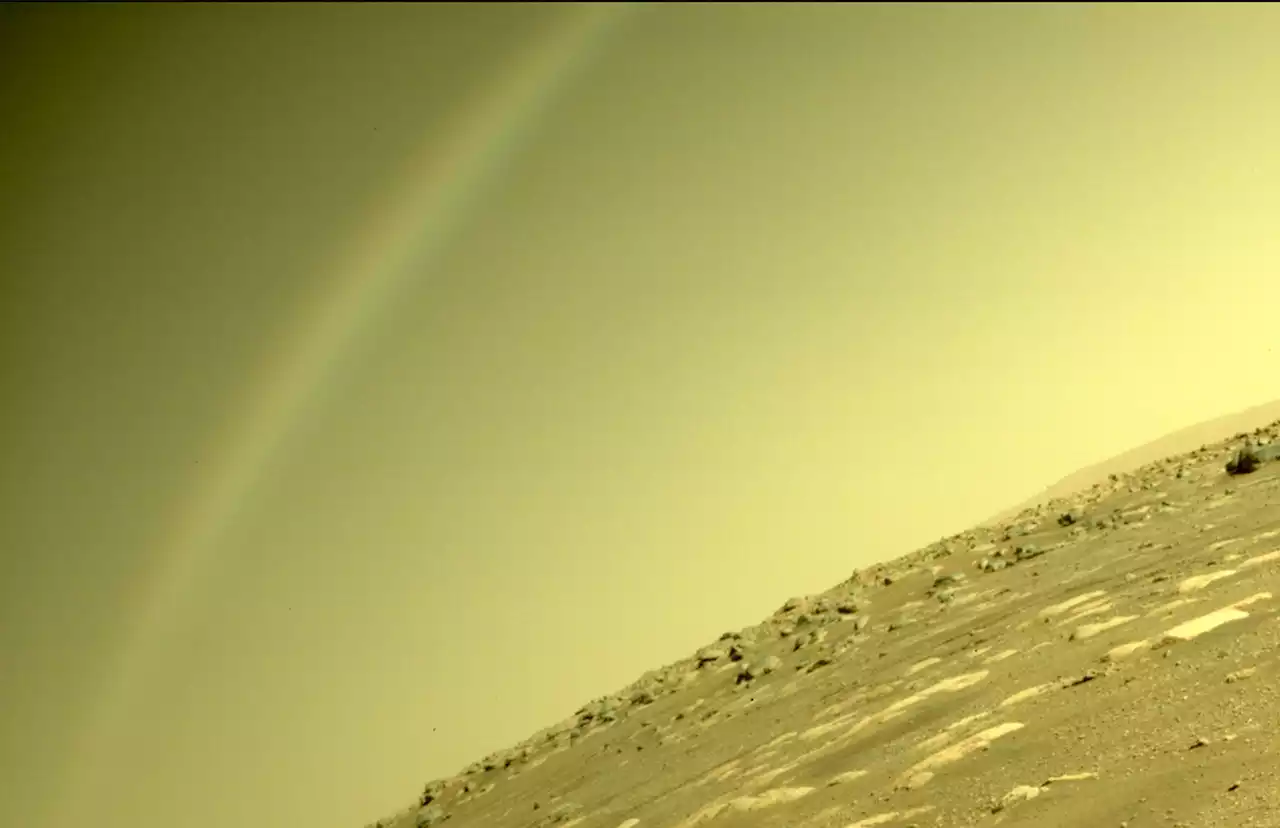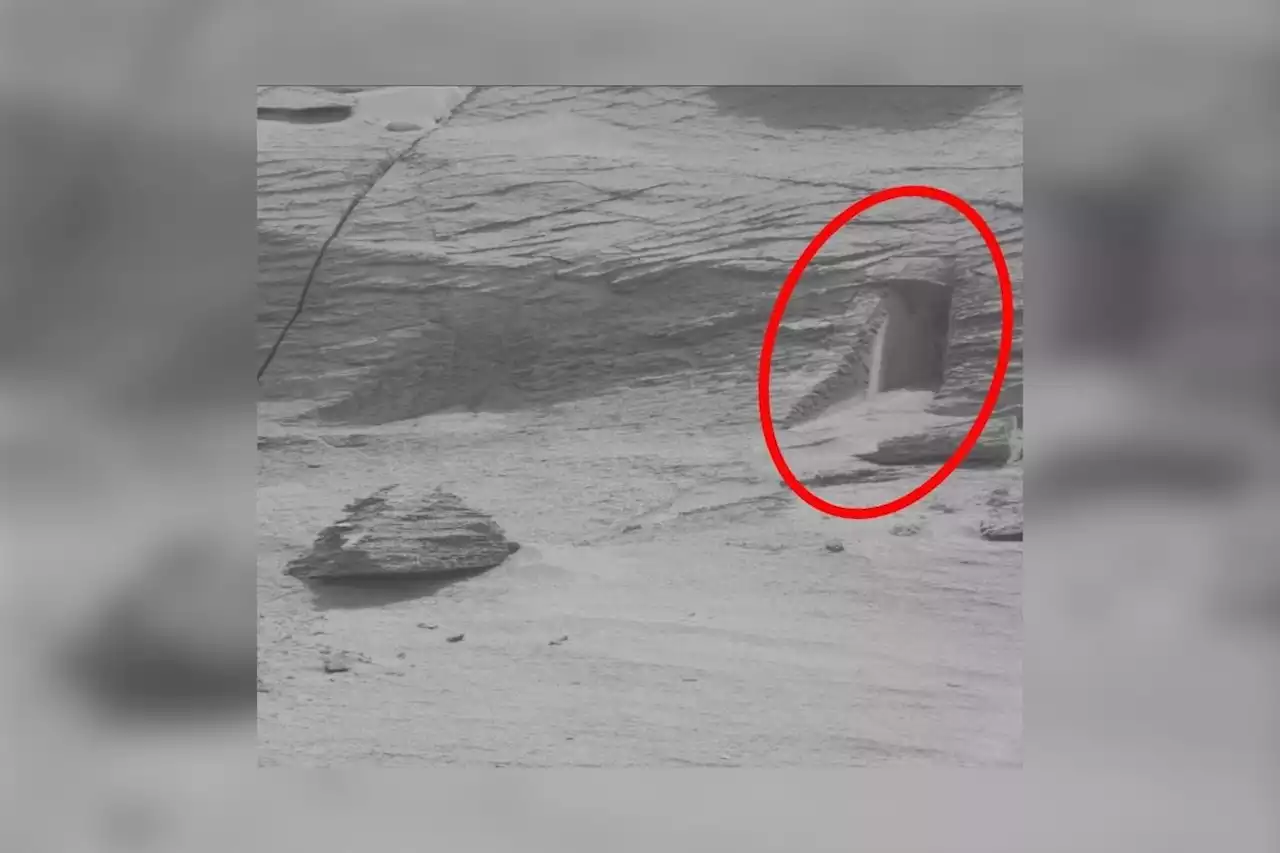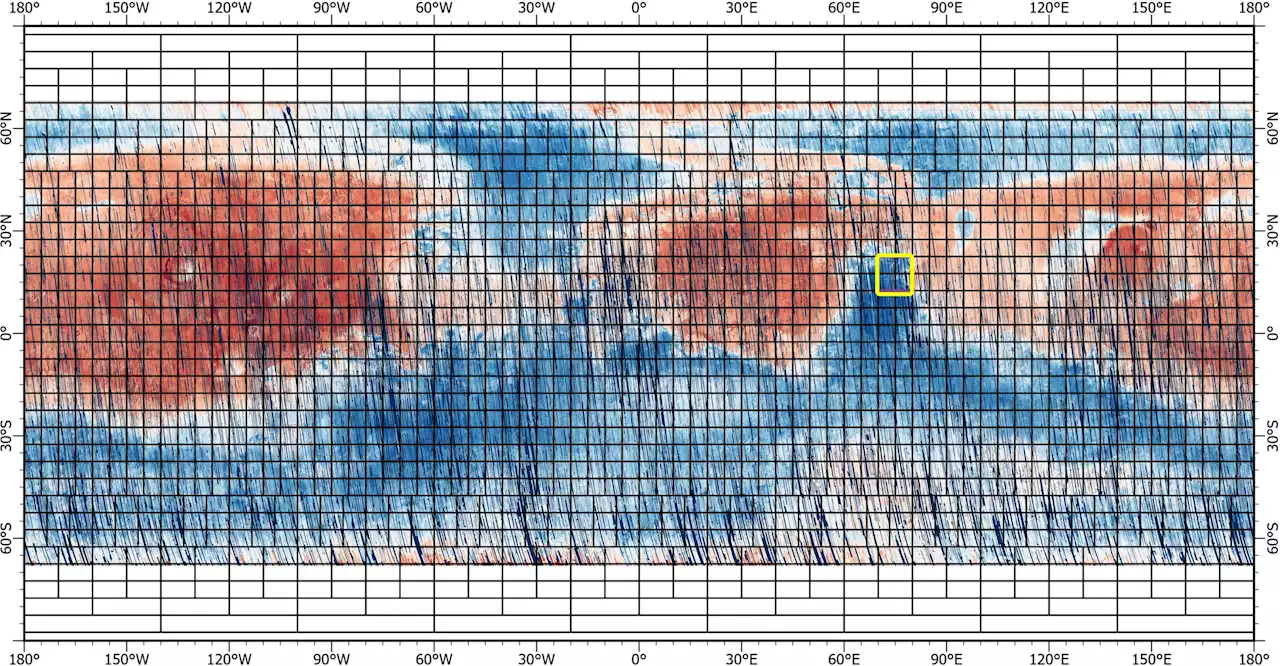The rainbow-colored map, to be released in batches over six months, covers the vast majority of the planet Mars, revealing dozens of minerals found on its surface. Scientists are about to get a new look at the Red Planet, thanks to a multicolored 5.6-gigapixel map. Covering 86% of the surface of
The first piece of this new map includes 51,000 images, each of which represents a “strip” 336 miles long by 6 miles wide that was captured as MRO passed overhead. The resolution is lower than CRISM maps made from targeted observations because the data was acquired with the instrument looking straight down, a different imaging strategy designed to cover much more of the planet.
To acquire its data, CRISM used two spectrometers, one of which was designed with three cryocoolers to keep temperatures low so that it could more clearly detect the longest wavelengths of reflected solar infrared light. Used in succession, the last of these cryocoolers completed its lifecycle in 2017, limiting the instrument’s capabilities to view visible wavelengths. So this will be CRISM’s last map covering the instrument’s full wavelength range.
One last map will be released within the year, covering visible wavelengths and focusing only on iron-bearing minerals; this will have twice the spatial resolution of the latest map. “The CRISM investigation has been one of the crown jewels of NASA’s MRO mission,” said Richard Zurek, the mission’s project scientist at NASA’s Jet Propulsion Laboratory in Southern California. “Analyses based on these final maps will provide new insights into the history of Mars for many years to come.”
MRO is led by Jet Propulsion Laboratory , which is a division of Caltech in Pasadena. CRISM is led by Johns Hopkins University’s Applied Physics Laboratory.
United States Latest News, United States Headlines
Similar News:You can also read news stories similar to this one that we have collected from other news sources.
 NASA may have to dig deeper for evidence of life on Mars | Digital TrendsNew research suggests NASA will have to dig deeper on Mars or seek out different targets in its quest to find evidence of ancient life on the planet.
NASA may have to dig deeper for evidence of life on Mars | Digital TrendsNew research suggests NASA will have to dig deeper on Mars or seek out different targets in its quest to find evidence of ancient life on the planet.
Read more »
 NASA can’t solve this Mars mystery, so it wants your helpNASA needs you to help solve a Mars mystery that has left scientists baffled and scratching their heads for decades.
NASA can’t solve this Mars mystery, so it wants your helpNASA needs you to help solve a Mars mystery that has left scientists baffled and scratching their heads for decades.
Read more »
 Does This NASA Photo Show a ‘Portal’ and ‘Wall’ on Mars?It's either a door leading to another celestial dimension ... or part of a rock.
Does This NASA Photo Show a ‘Portal’ and ‘Wall’ on Mars?It's either a door leading to another celestial dimension ... or part of a rock.
Read more »
 Two ways life on Mars may be hiding from scientistsDespite the scientific community’s best efforts, however, no proof of past or present life has been found on Mars.
Two ways life on Mars may be hiding from scientistsDespite the scientific community’s best efforts, however, no proof of past or present life has been found on Mars.
Read more »
 Video: Zhou Guanyu's Terrifying Crash on Opening Lap Mars F1 British Grand PrixAlfa Romeo Formula 1 rookie escapes serious injury after flipping into and over a tire barrier Silverstone.
Video: Zhou Guanyu's Terrifying Crash on Opening Lap Mars F1 British Grand PrixAlfa Romeo Formula 1 rookie escapes serious injury after flipping into and over a tire barrier Silverstone.
Read more »
